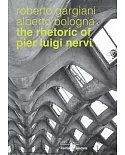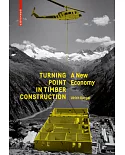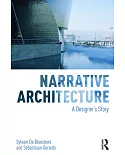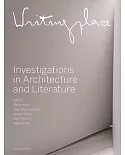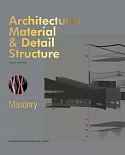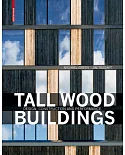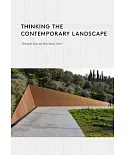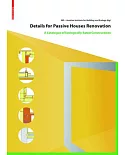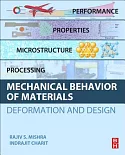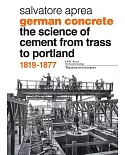In the absence of a common language, misunderstandings are inevitable-and for the clients of buildings that means expensive solutions in the wrong problems. Alastair Blyth and, John Worthington
have produced an essential handbook for all those who want to "understand the underlying subtietes of briefing." Briefing is a complex subject full of intangibles and complex collaborative
processes - this book is the common language we all need. Sam Cassels, Strategic Advisor, Founder of Sam Scenarios
The first edition of Managing the Brief for Better Design captured the state of the art in the briefing process and provided clients and designers with a wide range of good practice advice
drawn from reel world experiences. In the decade since that first edition, the built environment has benefited from new initiatives, new research and new ideas. To their credit, the authors
have updated the book with a revised text, fresh insights, recent case studies and the latest tools, models and checklists to support the briefing process. Highly recommended. Sebastian
Macmillan, University of Cambridge
This updated edition of Managing the Brief for Better Design confirms Blyth and Worthington's place as the main authority on briefing in the construction industry. The book will be a valuable
first point of reference for all stakeholders with an interest in the procurement of the built environment - from project sponsors to designers and contractors. The book provides a
comprehensive discussion of the nature of briefing, sets out examples of good practice in a range of case studies and provides good, practical advice to all involved in the briefing process.'
Stephen Brookhouse
Briefing is about more than a client delivering a set of ready-made decisions to the design team. This book offers an understanding of the real briefing process and its importance to the built
environment. The text is illustrated by nine excellent examples of effective practice as well as five model briefs and invaluable process charts. It also contains easy reference checklists of
questions to address at each stage of a project.
The coverage here extends beyond new build, covering the full range of briefing from services and fit-outs to urban neighbourhoods. This new edition clearly explains how important the briefing
process is to both the construction industry, in delivering well-designed buildings, and to their clients, in achieving them. It provides both inspiration to clients and a framework for
practitioners. Substantially updated, this book is excellent for courses in building design, project management and design management as well as for architects, project managers and the growing
number of design brief managers.
Briefing is now more important as the speed of organisational change increases and buildings have to become more adaptable. The workplace also has a major impact on staff satisfaction and their
ability to carry out their work. Organisations often find that their building does not meet user needs. By using this book for better briefing and understanding of what the real needs are, you
will be able to make building-related decisions with greater confidence.


